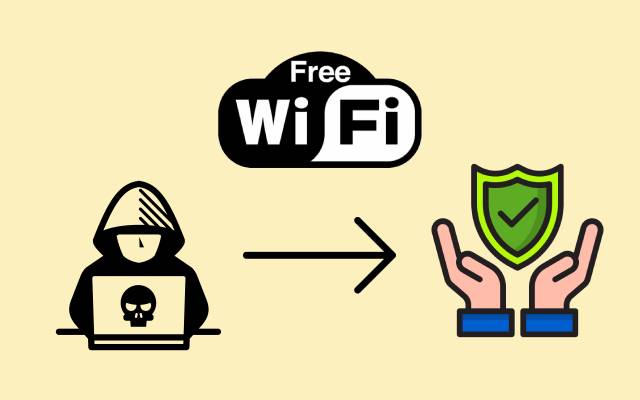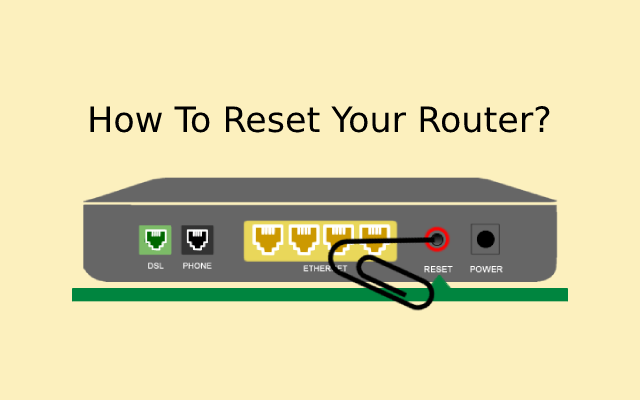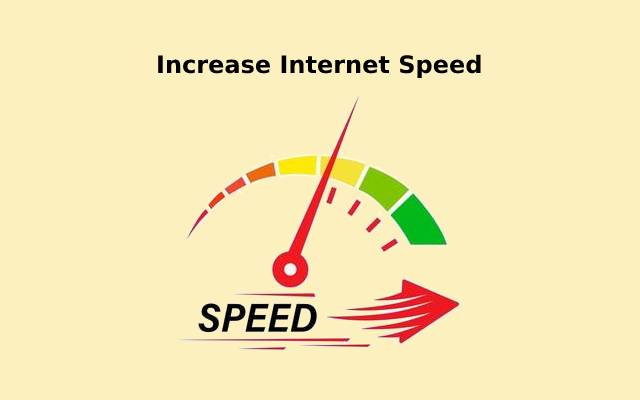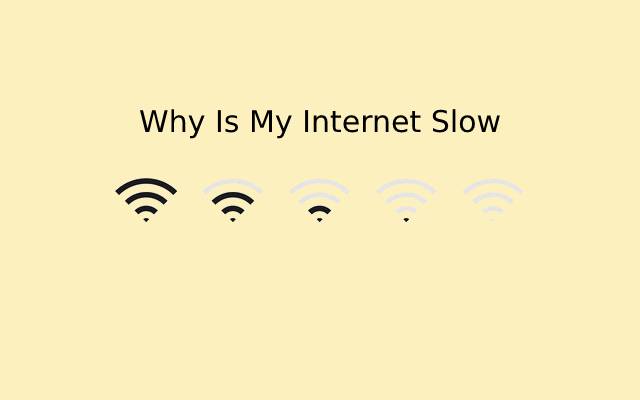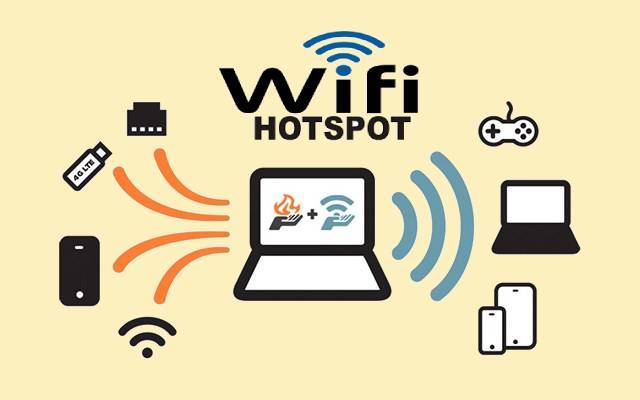What is an IP address, and how does it work?
An IP address is a special and unique numerical designation provided to Internet Protocol-connected devices. Its primary purpose is to identify each device on the web so that data can be routed to the correct destination. Network administrators typically assign IP addresses, but in some cases, they are automatically assigned.
In this blog post, we will discuss how IP addresses work and some of their uses.
What is an IP address?
Every Internet Protocol-based device has an IP address and a unique numerical label. Location addressing and identifying hosts are the two main functions of an IP address.
In regular IP addresses, four numbers separated by periods represent eight bits each.
Small packets are sent over the internet when your computer or device sends data. In addition to the sender’s IP address, each pack contains the recipient’s address, which can be used to reply. DNS resolves IP addresses from their human-readable form to their binary form.
How does an IP address work?
IP addresses identify Internet-connected devices. It is possible to identify them by their IP address. Four numbers range from 0 to 255. Each number represents a byte of data.
Internet service providers provide Ip addresses. The Internet service provider assigns IP addresses to devices. Devices use these addresses to route traffic.
An IP address is periodically assigned to your device by your ISP. There is a regular assignment of IP addresses to prevent the number from dwindling. For servers, static IP addresses do not change.
Routers: What’s their purpose?
Certainly, routers are crucial. Those boxes in your living room translate data so you can connect to the internet and use a firewall for protection.
Routers are the devices we use to access the internet. Your router is a switchboard for networking. Network cards connect to routers. IP packets move between networks.
Different types of IP addresses
IP addresses are binary numbers but are usually expressed in decimal form.
There are four types of IP addresses:
- Public,
- Private,
- Static,
- Dynamic.
Static and Dynamic IP addresses
A computer network’s IP address is a unique number assigned to every device connected. Identifying hosts and addressing locations are two primary functions of IP addresses.
- A static IP address is different from a dynamic IP address. The network administrator assigns static IP addresses. Dynamic IP addresses are temporary addresses assigned themselves. Once set, they are permanent. Changes may occur from time to time.
- Dynamic IP addresses are more convenient and require less maintenance for home users. However, a static IP address is essential for gaming, video conferencing, and VOIP.
- An IP address is one assigned permanently to a device connected to a network. Dynamic IP addresses can change over time as the network assigns them. If it isn’t changed manually, it remains unchanged.
Public and Private IP addresses
- An IP address is a unique identifier for a device on a network. It helps to route traffic to and from devices on the internet.
- IP addresses are either public or private. An Internet service provider (ISP) can assign a public IP address to a device. An organization’s network administrator usually assigns a personal IP address.
- Public IP addresses are used to route traffic to and from devices on the internet. Private IP addresses connect to devices on a local network, such as a home or office network.
- If you are using a device on a local network, you will likely have a private IP address. If you are on the internet, you will likely have a public IP address.
IPv4 and IPv6 addresses
An IPv4 address has four octets, representing eight bits of the address. This gives a total of 32 bits for the address. An IPv6 address has eight octets, representing 16 bits of the address.
You receive an IP address from your ISP when you connect to the internet. IP addresses identify devices in a network. They allow communication between devices.
IP addresses are used to identify network devices and may also be used to track them. Every device’s IP address is assigned whenever it connects to the internet. Other online services can use IP addresses to track devices and learn useful information.
How IP addresses are assigned
Each of these addresses plays a role in the Internet Assigned Numbers Authority. It coordinates IP addresses worldwide, and you can read all about it here.
IANA assigns regional internet registry blocks of IP addresses. The regional registries, in turn, assign addresses to ISPs, companies, schools, and similar institutions within their respective regions.
You are probably getting your IP address from your company network or ISP, which received it from an Internet registry that was allocated addresses by the Internet Assigned Numbers Authority (IANA). That’s how it works.
What are subnetting and subnet masks?
An IP address is a unique identifier assigned to each computer connected to the internet. The IP address allows computers to communicate with each other over the internet.
- Subnetting is the process of dividing a network into smaller subnets. This process improves network performance and controls traffic better.
- A subnet mask is a number used to identify which part of an IP address belongs to the network and which part belongs to the host machine.
Conclusion
An IP address is a unique number that identifies every computer on the internet. It’s like your postal code – it lets you know where your computer is located and allows other computers to find and communicate with it.
Your computer sends an IP address request whenever you visit a website. The website responds with the corresponding IP address information for the visitor’s computer. This allows websites to track which websites are used most often.
This process usually happens without your intervention, but it’s important to know how this works to correctly configure your computer settings if you want to surf the internet anonymously.
